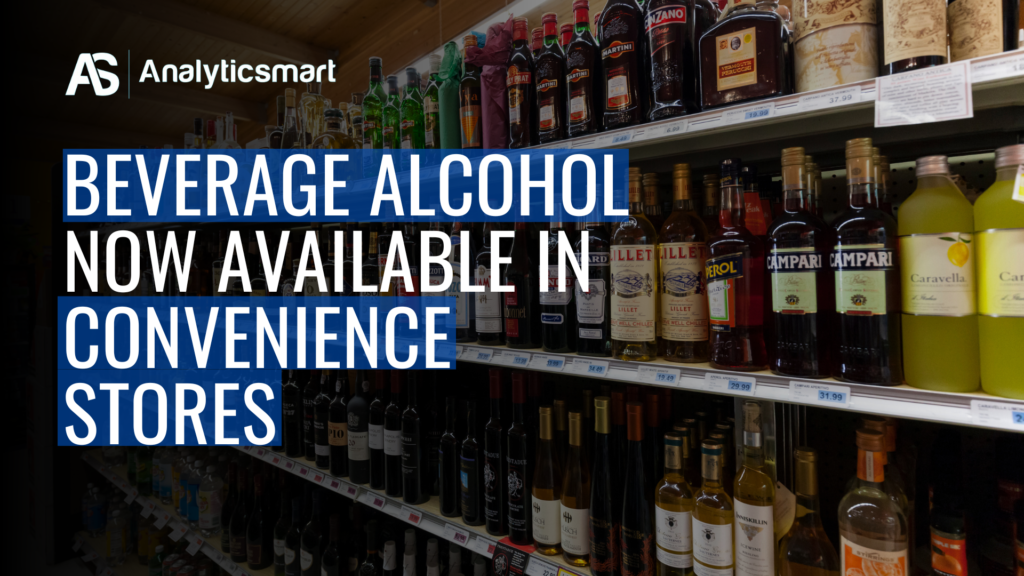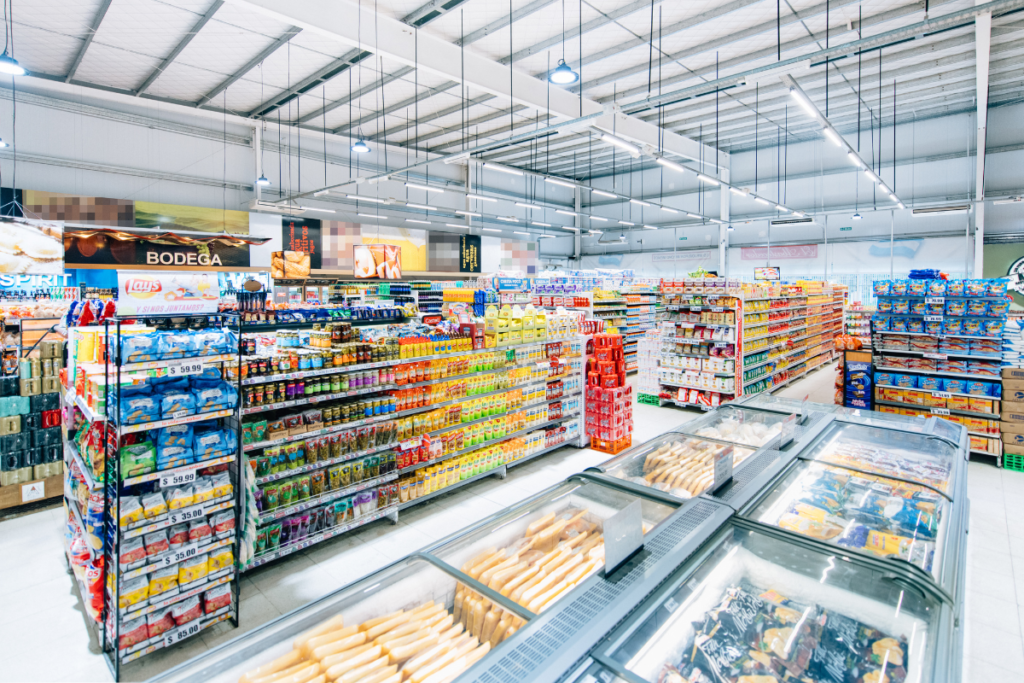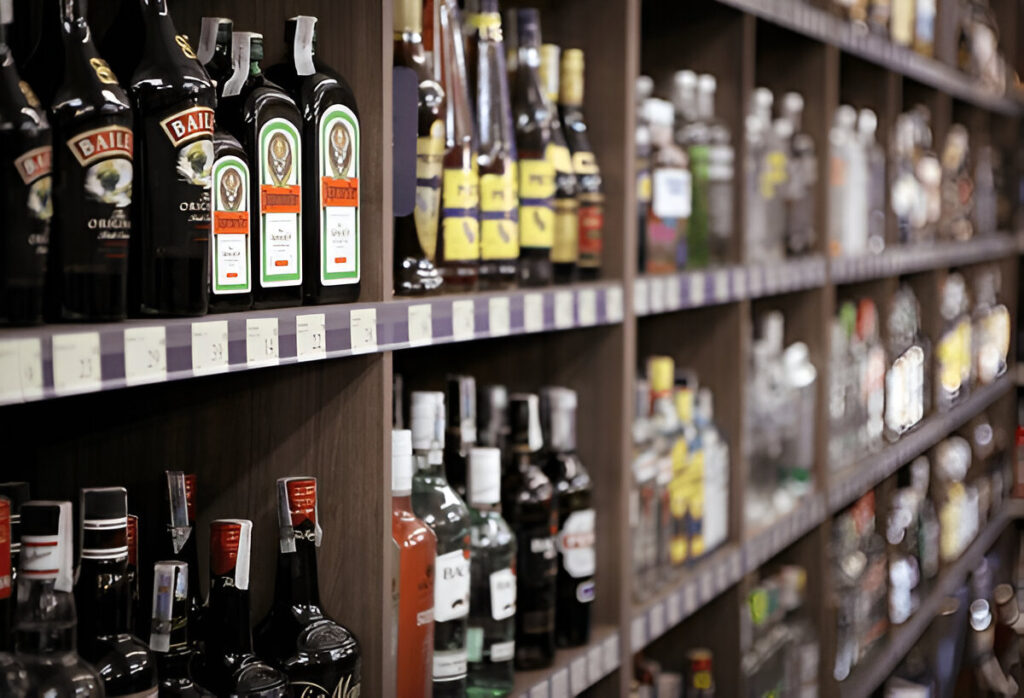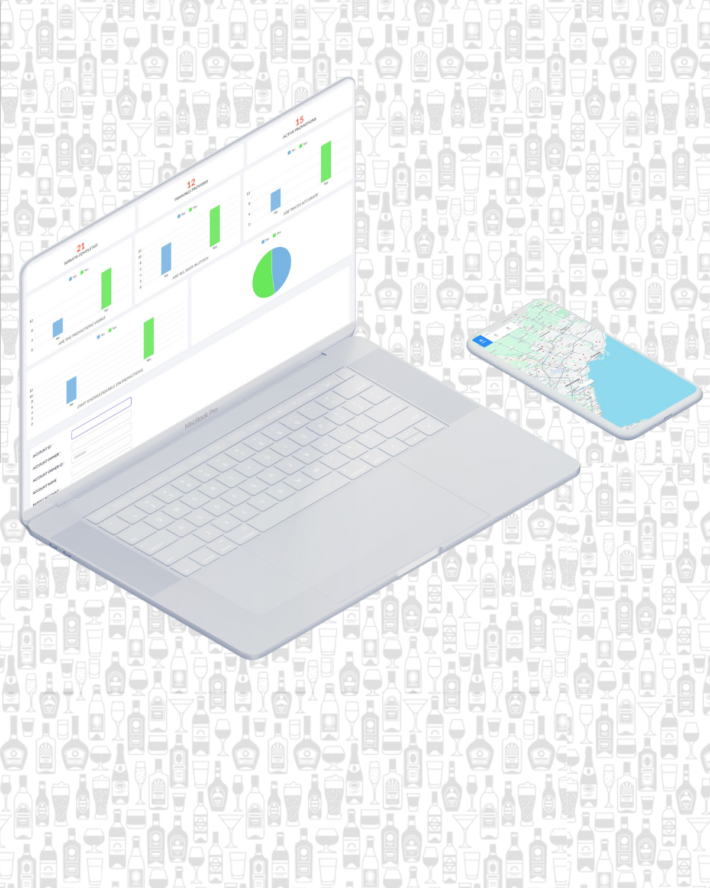Beverage Alcohol Now Available in Convenience Stores: The Path Forward

The Ontario government’s decision to allow 4,187 convenience stores to sell beverage alcohol marks a transformative moment for the retail industry. With an additional 3,000 existing licensed retailers—including LCBO outlets, grocery stores, and bars—this expansion has reshaped how consumers access beer, wine, cider, and ready-to-drink beverages like coolers and hard seltzers.
For convenience store operators, this shift presents immense opportunities: increased foot traffic, larger basket sizes, and higher overall profits. However, success requires strategic planning, efficient operations, and the right tools to manage this new complexity.
The Growth Opportunity
Increased Foot Traffic and Sales
In Quebec, convenience stores selling alcohol saw a 42% increase in foot traffic, which drove sales of complementary products like chips, nuts, and ready-to-eat items. Projections for Ontario suggest a 25%-50% increase in store visits, depending on location.
Impulse purchases are also expected to rise, with customers adding coasters, bottle openers, party supplies, and snacks to their baskets. These items come with attractive profit margins:
- Chips and salty snacks: 20-22% margins
- Beef jerky: 30% margins
- Non-food items like party supplies: 35-40% margins
This expanded product mix creates significant opportunities for operators to drive profitability.

Challenges of Selling Alcohol in Convenience Stores
Regulatory Compliance
Stores must adhere to strict criteria to sell alcohol, including:
- Staff being at least 18 years old and trained in AGCO-approved programs.
- Store size and setup requirements, such as less than 4,000 square feet of space, with at least half allocated to food products.
Operational Complexity
Managing alcohol sales adds a layer of complexity to store operations. It requires:
- Inventory management to balance alcohol with complementary products.
- Data-driven insights to understand customer preferences and optimize stock.
- Marketing strategies to promote the alcohol offering effectively.
How Convenience Stores Can Handle Alcohol Sales Efficiently
The key to managing this expansion lies in leveraging advanced tools like CRM (Customer Relationship Management) and BI (Business Intelligence) systems.
Analyticsmart’s Solutions for the Beverage Alcohol Industry
1. CRM for Sales Teams and On-Ground Operations
A robust beverage alcohol CRM platform can streamline store-level operations and customer interactions:
- Sales Tracking: Monitor alcohol sales and identify high-demand products.
- Customer Engagement: Use CRM to collect feedback, understand preferences, and tailor product offerings.
- Team Efficiency: Coordinate store staff to ensure training compliance and operational smoothness.
2. BI for Management
Analyticsmart’s beverage alcohol BI tools empower management with actionable insights:
- Sales Forecasting: Predict seasonal demand and optimize stock levels to minimize wastage.
- Competitor Analysis: Track local competitors to identify pricing trends and product gaps.
- Performance Metrics: Analyze store-level performance to identify top-selling products and underperforming locations.
- Regulatory Oversight: Ensure compliance with AGCO standards through real-time reporting and alerts.
These tools simplify the complex task of managing alcohol sales while maximizing profitability.
Strategic Recommendations for Operators
- Optimize Shelf Space
- Dedicate adequate cooler and shelf space to alcohol products while clearing out slow-moving items.
- Cross-merchandise related products like snacks and party supplies near alcohol displays.
- Engage Customers
- Use CRM tools to gather insights on customer preferences and stock popular brands.
- Develop a social media presence to inform customers about new products, promotions, and events.
- Leverage BI Insights
- Monitor sales data to identify trends and forecast demand for peak seasons like holidays.
- Use BI dashboards to analyze the impact of alcohol sales on overall store profitability.
- Focus on Staff Training
- Train employees thoroughly on AGCO-compliant practices for selling alcohol.
- Use CRM systems to track and manage training programs.

Future Opportunities in Beverage Alcohol Sales
Alcohol sales at convenience stores come at a crucial time as the sector faces challenges like illegal tobacco sales. By embracing alcohol sales, stores can offset these losses and attract a new wave of customers.
Analyticsmart’s tools provide the efficiency and data-driven approach needed to excel in this new landscape. From enabling informed decision-making with BI to improving on-ground execution through CRM, the right technology is key to success.
Conclusion
The sale of beverage alcohol in convenience stores is more than a regulatory shift—it’s a gateway to new opportunities for growth, innovation, and profitability. With careful planning, strategic use of Analyticsmart’s CRM and BI tools, and a customer-centric approach, convenience store operators can seize this moment and thrive in the evolving retail landscape.
For more insights on how Analyticsmart can help your business succeed, contact us today.
Have A Question?
Learn how Analyticsmart can elevate your retail performance with data-driven insights and customized solutions.
Contact Sales
Have a question or comment? Submit your message through our contact form and a member of our team will get back to you within 24 hours.
Marketing Head | Analyticsmart
Unlock Your Retail Potential With Us



